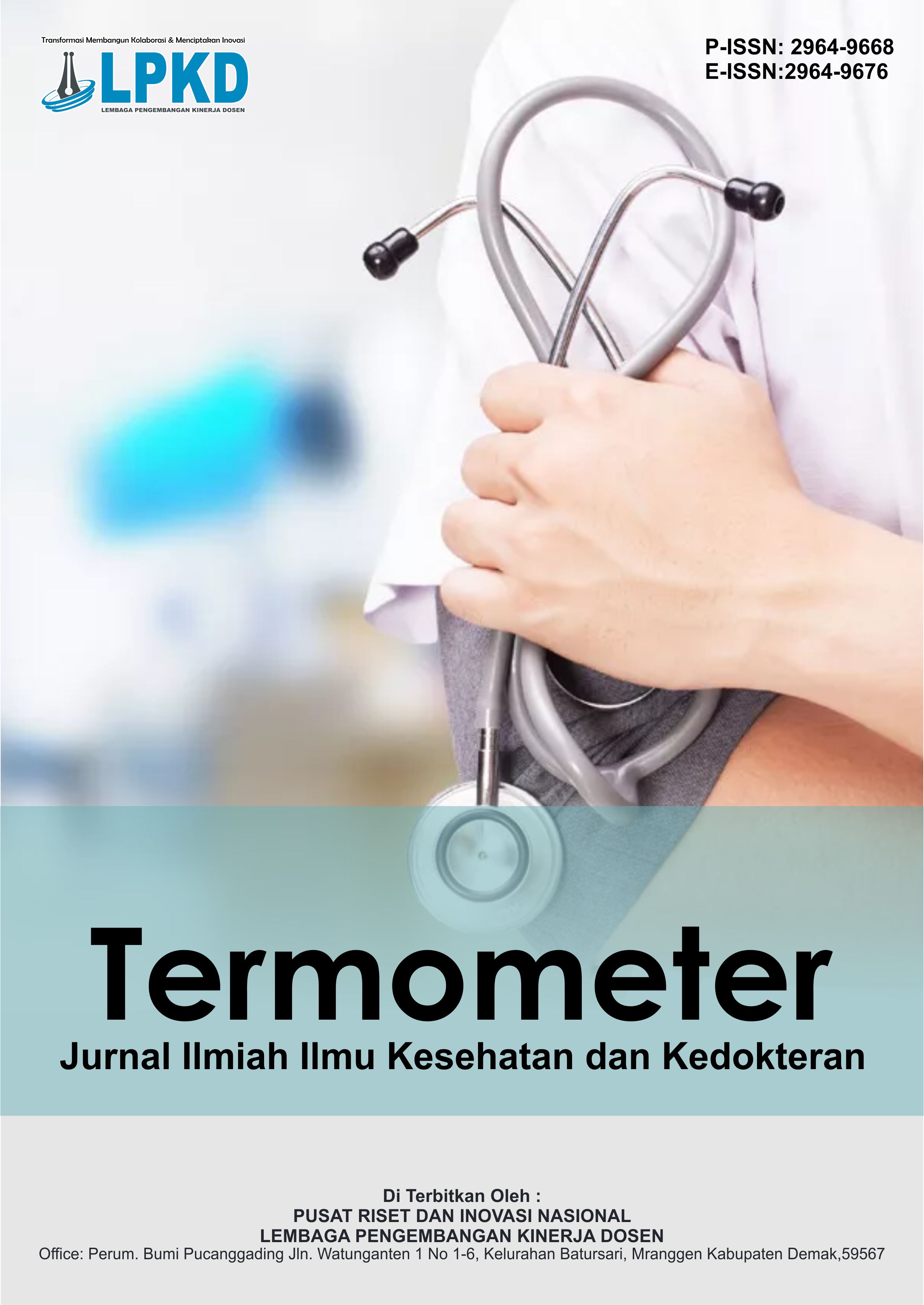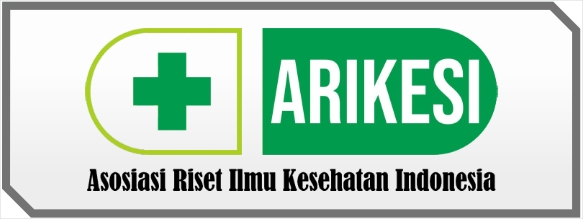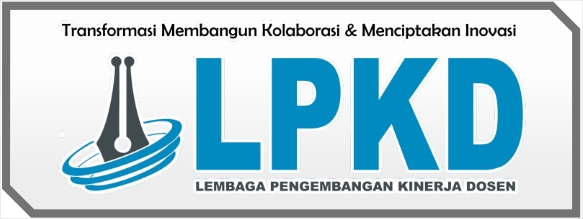Penanganan Acne Vulgaris Terkini
DOI:
https://doi.org/10.55606/termometer.v2i3.4072Keywords:
acne vulgaris, acne management, topical treatmentAbstract
Acne Vulgaris (AV) is a chronic inflammatory skin disorder in the pilosebaceous unit. This condition generally manifests as papules, pustules, or nodules especially on the face and can also affect the upper arms, trunk and back. AV is ideopathic, but can also be caused by increased sebum production, hyperkeratinization of hair follicles, colonies of Propionibacterium acnes (P. acnes) bacteria and inflammatory processes. Some of these causes are related to risk factors as triggers, such as food factors, use of cosmetics, and psychological stress. AV is one of the most common dermatological conditions worldwide with an estimated 650 million people affected by this disease. The study of the Global Burden of Disease (GBD) reports that AV attacks around 85% of young adults aged 12-25 years. Based on gender, women suffer more from AV than men with percentages of 69.7% and 30.3% respectively. Treatment of acne vulgaris is based on the level and severity of the acne. Treatment can be divided into pharmacological and physical therapy. Pharmacological therapy is the first line of treatment for acne vulgaris, it can be divided into topical and systemic treatment.
Downloads
References
Hazel, A., & et al. (2019). Acne Management Guidelines by the Dermatological Society of Singapore.
Ministry of Health Malaysia, Dermatological Society of Malaysia, & Academy Medicine of Malaysia. (2022). Clinical Practice Guedeline 2022: Management of Acne Vulgaris. Malaysian Health Technology Assessment Section (MaHTAS).
Sibero, H. T., Sirajudin, A., Anggraini, D. I., Dokter, P., Kedokteran, F., Lampung, U., Ilmu, B., Sakit, R., Moeloek, A., & Lampung, B. (2019). The Prevalence and Epidemiology of Acne Vulgaris in Lampung. 3.
Sibero, H., I Wayan, A., & Dwi, I. (2019). Tatalaksana Terkini Acne Vulgaris. Jurnal Kedokteran Unila, 3(2).
Sutaria, A., Masood, S., & Saleh, H. (2023). Acne Vulgaris. StatPearls Publishing. https://www.ncbi.nlm.nih.gov/books/NBK459173/
Teresa, A. (2020). Akne Vulgaris Dewasa: Etiologi, Patogenesis dan Tatalaksana Terkini. 1.
Tuchayi, S. M., Makrantonaki, E., Ganceviciene, R., Dessinioti, C., Feldman, S. R., & Zouboulis, C. C. (2015). Acne Vulgaris. July 2016. https://doi.org/10.1038/nrdp.2015.29
Wetarini, K. (2020). Acne Vulgaris in Adults : A Brief Review on Diagnosis and Management. 7(May), 246–253.
Wilcock, J., Kuznetsov, L., Ravenscroft, J., Rafiq, M. I., & Healy, E. (2021). New NICE guidance on acne vulgaris: Implications for first-line management in primary care. British Journal of General Practice, 71(713), 568–570. https://doi.org/10.3399/bjgp21X717977
Downloads
Published
How to Cite
Issue
Section
License
Copyright (c) 2024 Termometer: Jurnal Ilmiah Ilmu Kesehatan dan Kedokteran

This work is licensed under a Creative Commons Attribution-ShareAlike 4.0 International License.










